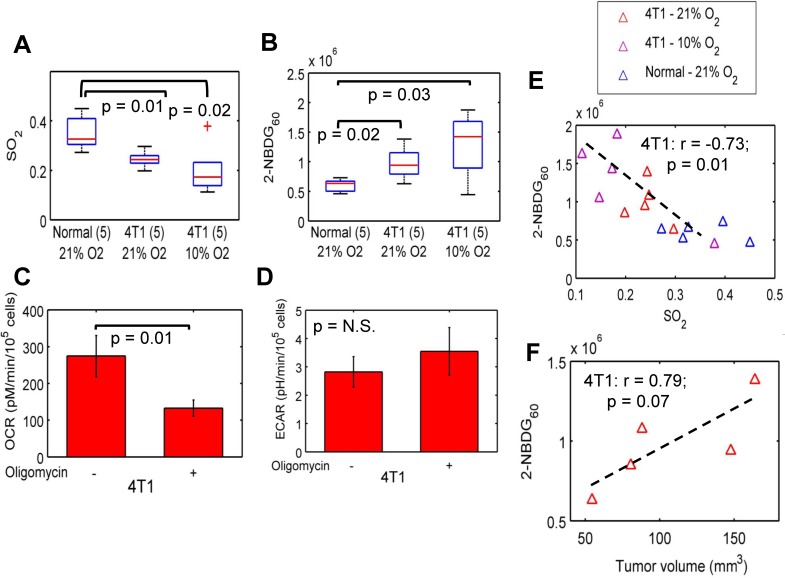Fig 6. Optical spectroscopy reveals differences in glycolytic and vascular characteristics of 4T1 murine mammary tumors.
A. SO2 is significantly lower in 4T1 (both normoxia and hypoxia) tumors compared with normal tissue. B. 2-NBDG60 is significantly higher in 4T1 tumors exposed to normoxia and hypoxia compared with normal tissue (p = 0.02 and 0.03, respectively). C. Blockade of respiration with oligomycin significantly reduces OCR in the 4T1 cells. D. However, there is only a small but insignificant increase in ECAR in response to oligomycin. Data represent n = 12 cell samples from 3 distinct assays. E. 2-NBDG60 is inversely correlated with SO2 for the 4T1 tumors that were exposed to 21% O2 and 10% O2 (r = -0.73; p = 0.01). Non-tumor-bearing mice, and 4T1 tumor-bearing mice that were breathing normoxia and hypoxia are shown here. 4T1 tumor-bearing mice were exposed to 10% oxygen (rest nitrogen) prior to 2-NBDG injection. F. 2-NBDG uptake in the 4T1 tumors is positively correlated with tumor volume (r = 0.79; p = 0.07). Error bars indicate standard error of the mean.

